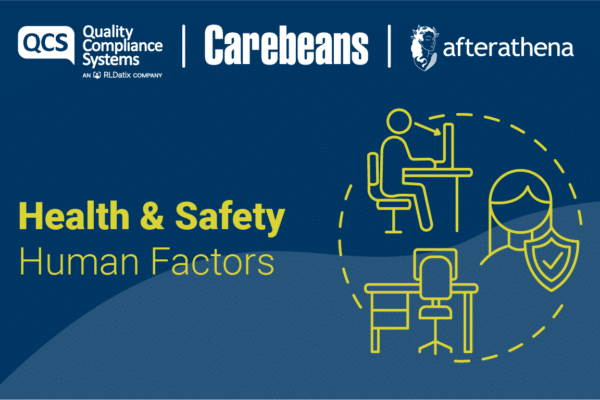Background
November is Mouth Cancer Awareness Month. Each year around 300,000 cases of oral cancer are diagnosed worldwide. In the United Kingdom around 20 new cases of oral cancer are diagnosed each day. This makes it the fourteenth most common cancer. Oral cancer incidence rates have increased by almost two-fifths in the UK over the past decade. Around 2000 deaths per year are related to oral cancer, with survivorshaving a very poor quality of life.
Risk Factors
Almost half of oral cancer cases in the UK each year are diagnosed in people aged 65 and over. Genetics also play a role in risk factor with males having a higher incidence than females. Equally people from a more deprived background have a higher incidence. Lifestyle choices play a major role in risk factors;-
- Smoking – 6,000,000 people die from smoking-related diseases globally each year with the UK having over 100,000 deaths. One in two smokers will die before their time due to smoking. These are indeed shocking figures and remains the largest single preventable cause of death and disability. There is an additional worrying trend of people taking up shisha pipe smoking without realising the serious harmful health effects to. Although many users think it is less harmful, shisha smoking has many of the same health risks as cigarette smoking. Charcoal used to heat tobacco can raise health risks by producing high levels of carbon monoxide, metals, and cancer-causing chemicals. Even after it has passed through water, the smoke from a shisha has high levels of these toxic agents. Shisha tobacco and smoke contain several toxic agents known to cause lung, bladder, and oral cancers. Tobacco juices from shishas irritate the mouth and increase the risk of developing oral cancers. An hour-long shisha smoking session involves 200 puffs, while smoking an average cigarette involves 20 puffs. There are around 400 chemical associated with smoking in general. A single shisha session emits in the side stream smoke 4 times more of carcinogens and 30 times more carbon monoxide than a single cigarette.
- Alcohol – around 8 million people in the UK drink to excessive levels with around 20,000 deaths annually as a result. Studies have found that, on average, people who smoke and drink are up to 50 times more likely to get some types of cancer than people who neither smoke nor drink.
- Tobacco and Betel Nut chewing – Using smokeless tobacco increases oral cancer risk. Betel quid is widely used in many parts of Asia and in some Asian communities in other regions. Using betel quid with or without tobacco increases the risk of oral cancer.
- HPV – Infection with the human papillomavirus (HPV) increases risk of oral cancer, particularly in the oropharynx.
- Diet – A diet rich in fruit and vegetables reduces oral cancer risk. More than half of oral cancer cases in the UK are linked to insufficient fruit and vegetable intake where levels of valuable anti-oxidants are reduced.
- Sunlight – excessive exposure to sunlight can increase the incidence of cancers of the lip.
Mouth Cancer Warning Signs
Dental team members have a pivotal role in the detection and prevention of oral cancer. Warning signs include changes in the oral mucosa including ulceration, white and red patches. The latter in particular have a higher chance of malignant change. Other signs include:
- Lumps or thickening of oral soft tissue
- Soreness or “lump” in the throat
- Difficulty chewing or swallowing
- Ear pain
- Difficulty moving the jaw or tongue
- Hoarseness, numbness of the tongue or mouth
- Swelling of the jaw
Preventive Advice
Dental team members must take positive steps in the prevention of oral cancer with targeted advice to patients who have the risk factors mentioned previously. Dental practitioners should provide brief advice to their patients on tobacco cessation and also refer cases to smoking cessation clinics for further assistance. The five A’s approach is well documented and is a useful aid for delivering the cessation message – Ask – Advise – Assess – Assist – Arrange.
Alcohol reduction advice relates to drinking within recommended guidelines which are 14 units per week for both men and women. It is also advisable to have two alcohol-free days in the week. Quitting betel quid and tobacco chewing and improving diet which is rich in fruit and vegetables also have an important role.
Dental practices are encouraged to have at least one member of staff trained in smoking cessation advice. About 20% of the UK population are smokers and interestingly almost two thirds of them want to quit. Without additional support only about 3% succeed. However, if referred to a smoking cessation practitioner they are four times more likely to quit. Barriers to quitting smoking are weight gain, past failure, stress and cravings. Nicotine addiction is often the major barrier and the smoking cessation practitioner may well suggest replacement therapy including patches, gum, lozenges, inhalers and more recently e-cigarettes. Pharmaceutical intervention may include drugs such as Zyban and Champix which help reduce cravings. Leaflets and posters on prevention of oral cancer and promoting healthy lifestyles should feature prominently in dental practices and their websites.
Screening
A thorough systemic examination of the oral mucosa and lymph nodes is mandatory every time a dentist starts on a new course of treatment. This screening is an effective method for detecting oral cancer and forms part of a detailed examination. Mouth cancer screening should not take longer than three to four minutes. It is also equally important for dental hygienist to alert the dentist if any suspicious lesions are noticed during the hygiene visit. The clinical records should clearly indicate that a systematic mouth cancer screening procedure has taken place and any abnormalities noted. Where applicable there should be clear reference to mouth cancer risk awareness and relevant preventive advice. In cases of suspicious lesions the ‘two-week’ rule should be utilised and an urgent referral made with subsequent follow up.
The incidence of mouth cancer is increasing and dental team members have a crucial role in raising awareness about the risk factors of mouth cancer and also in preventive advice and regular screening of patients. Good luck with mouth cancer awareness month this November!






